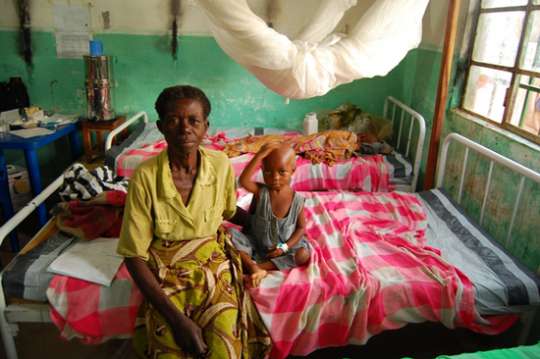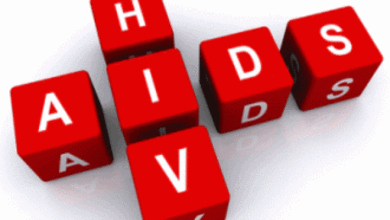The World Health Organization’s (WHO) World Malaria Report 2016 reveals that children and pregnant women in sub-Saharan Africa have greater access to effective malaria control.
The report, which was made available to the Ghana News Agency on Tuesday, by Saira Stewart, Technical officer, WHO, indicates that across the region, a steep increase in diagnostic testing for children and preventive treatment for pregnant women had been reported over the last five years.
It said among all populations at risk of malaria, the use of insecticide-treated nets had expanded rapidly.
But in many countries in the region, substantial gaps in programme coverage remain. Funding shortfalls and fragile health systems are undermining overall progress, jeopardizing the attainment of global targets.
According to the report Sub-Saharan Africa carries a disproportionately high share of the global malaria burden.
It said in 2015, the region was home to 90 per cent of malaria cases and 92 per cent of malaria deaths.
It noted that children under five were particularly vulnerable, accounting for an estimated 70 per cent of all malaria deaths.
It said diagnostic testing enables health providers to rapidly detect malaria and prescribe life-saving treatment.
It noted that new findings presented in the report show that, in 2015, approximately half (51 per cent) of children with a fever seeking care at a public health facility in 22 African countries received a diagnostic test for malaria compared to 29 per cent in 2010.
The report said to protect women in areas of moderate and high malaria transmission in Africa, WHO recommends “intermittent preventive treatment in pregnancy” (ITPp) with sulfadoxine-pyrimethamine.
It said the treatment, administered at each scheduled antenatal care visit after the first trimester, could prevent maternal and infant mortality, anaemia and the other adverse effects of malaria in pregnancy.
It said according to available data, there was a five-fold increase in the percentage of women receiving the recommended three or more doses of this preventive treatment in 20 African countries; declaring that coverage reached 31 per cent in 2015, up from six per cent in 2010.
It said insecticide-treated nets were the cornerstone of malaria prevention efforts in Africa.
The report found that more than half (53 per cent) of the population at risk in sub-Saharan Africa slept under a treated net in 2015 compared to 30 percent in 2010.
Last month, WHO released the findings of a major five-year evaluation in five countries. The study showed that people who slept under long-lasting insecticidal nets (LLINs) had significantly lower rates of malaria infection than those who did not use a net, even though mosquitoes showed resistance to pyrethroids (the only insecticide class used in LLINs) in all of these areas.
It said malaria remains an acute public health problem, particularly in sub-Saharan Africa.
According to the report, there were 212 million new cases of malaria and 429 000 deaths worldwide in 2015.
It said there were still substantial gaps in the coverage of core malaria control tools.
It said in 2015, an estimated 43 per cent of the population in sub-Saharan Africa was not protected by treated nets or indoor spraying with insecticides, the primary methods of malaria vector control.
In many countries, health systems are under-resourced and poorly accessible to those most at risk of malaria.
In 2015, a large proportion (36 per cent) of children with a fever were not taken to a health facility for care in 23 African countries.
“We are definitely seeing progress,” notes Dr Pedro Alonso, Director of the WHO Global Malaria Programme.
“But the world is still struggling to achieve the high levels of programme coverage that are needed to beat this disease,” he said.
At the 2015 World Health Assembly, Member States adopted the Global Technical Strategy for Malaria 2016-2030.
The Strategy set ambitious targets for 2030 with milestones every five years to track progress.
It said if global targets are to be met, funding from both domestic and international sources must increase substantially.
Source: GNA




